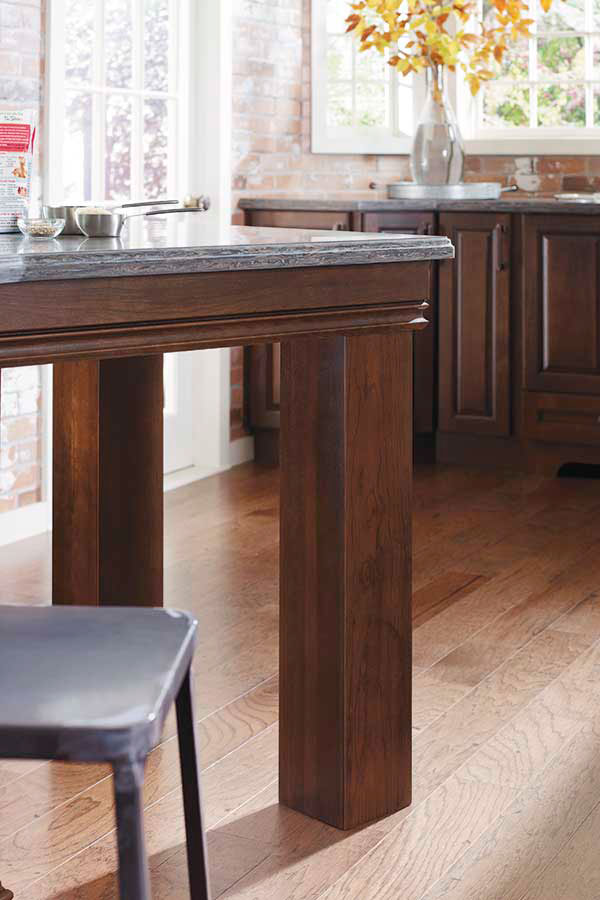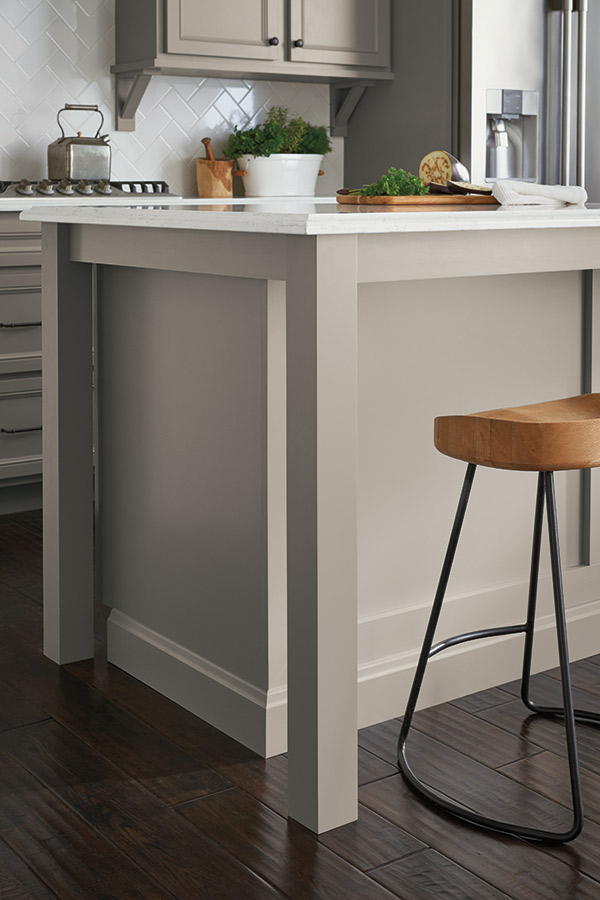A Guide to Choosing the Perfect Legs For Kitchen Island for Your Home
Picking the optimal legs for your kitchen area island is a nuanced choice that influences both the functionality and visual charm of this central room. As you take into consideration these components, it comes to be obvious that the right legs can transform not just the look of your kitchen area yet likewise its usability for years to come.

Comprehending Kitchen Island Legs
When selecting legs for a kitchen area island, it's essential to understand their aesthetic and practical roles in the general style. The legs function as an important support group, making certain stability and resilience for the island, which typically works as a work space, eating location, or collecting spot. The option of product and building and construction strategy should be robust adequate to withstand day-to-day use and prospective wear.
Along with their architectural duties, legs add considerably to the island's aesthetic charm. They can enhance the cooking area's design, whether through typical, contemporary, or eclectic layouts. The elevation and percentage of the legs are likewise essential factors to consider; they should integrate with the island's counter top height while making certain comfy seating for those making use of the room.
Furthermore, the leg layout can influence the overall flow of the cooking area. Open, ventilated leg styles can create a sense of lightness, while solid, considerable legs may convey a more grounded and secure visual - Legs For Kitchen Island. Recognizing these visual and useful aspects will lead homeowners in making notified options that match their kitchen area's design and boost its use
Popular Styles and Materials
The selection of legs for a kitchen island includes a selection of popular designs and materials, each offering one-of-a-kind features that can improve both functionality and visual appeals. Traditional legs generally show luxuriant details and craftsmanship, enhancing classic cooking area designs.

Height and Security Considerations

Security is an additional essential factor to consider. The legs of the kitchen area island ought to provide adequate support, making certain that the framework can endure day-to-day usage without tottering or moving. Material selection plays a substantial function in stability; steel legs, click site for instance, tend to supply higher strength contrasted to wood. Additionally, making certain that the island is securely anchored to the flooring or wall can boost stability, specifically for bigger islands that may birth considerable weight.
Matching Your Cooking Area Aesthetic
Choosing the right legs for your kitchen island goes beyond functionality; it likewise plays a substantial duty in the overall aesthetic of the room (Legs For Kitchen Island). When choosing legs, consider the check design style of your kitchen.
Legs that match or contrast with your island's surface and surrounding cabinetry can create aesthetic harmony or striking focal factors. Furthermore, consider the coating of the legs; matte, shiny, or textured surfaces can considerably influence the general feel of the kitchen.
Installation and Upkeep Tips
Mounting kitchen island legs needs mindful interest to information to guarantee both security and visual charm. Make use of a stud finder to locate wall surface studs if you are affixing the legs to a wall surface or utilizing braces for added support.
When safeguarding the legs, read more make use of high-grade screws and, if required, timber adhesive for additional strength. For metal legs, make certain that you are utilizing proper supports and tools to stop damages to your floor covering. It is recommended to look for levelness after installation, making modifications as required to stay clear of wobbling.
Upkeep is equally essential for durability - Legs For Kitchen Island. Routinely check the legs for any type of indications of wear or helping to loosen, specifically in high-traffic locations. Tidy the legs with an ideal cleaner, preventing unpleasant materials that may damage the surface area. For wood legs, think about applying a wood conditioner periodically to preserve their coating. By following these installation and upkeep ideas, you can make certain that your cooking area island legs continue to be both useful and visually appealing.
Final Thought
To conclude, selecting the proper legs for a kitchen area island demands careful consideration of elevation, stability, and aesthetic compatibility. By picking ideal materials and styles that align with the overall kitchen layout, performance can be enhanced while preserving visual charm. Appropriate installation and continuous maintenance even more contribute to the toughness and durability of the kitchen area island. Eventually, thoughtful leg selection plays an essential duty in raising both the functionality and style of the kitchen area.
When choosing legs for a cooking area island, it's important to recognize their practical and visual functions in the general design. Open, airy leg designs can develop a sense of lightness, while strong, significant legs may communicate a more grounded and secure aesthetic. The legs of the kitchen island ought to give adequate assistance, ensuring that the framework can hold up against daily usage without wobbling or changing.Installing kitchen island legs calls for careful interest to detail to guarantee both stability and aesthetic allure.In conclusion, choosing the appropriate legs for a kitchen area island demands careful consideration of height, stability, and visual compatibility.